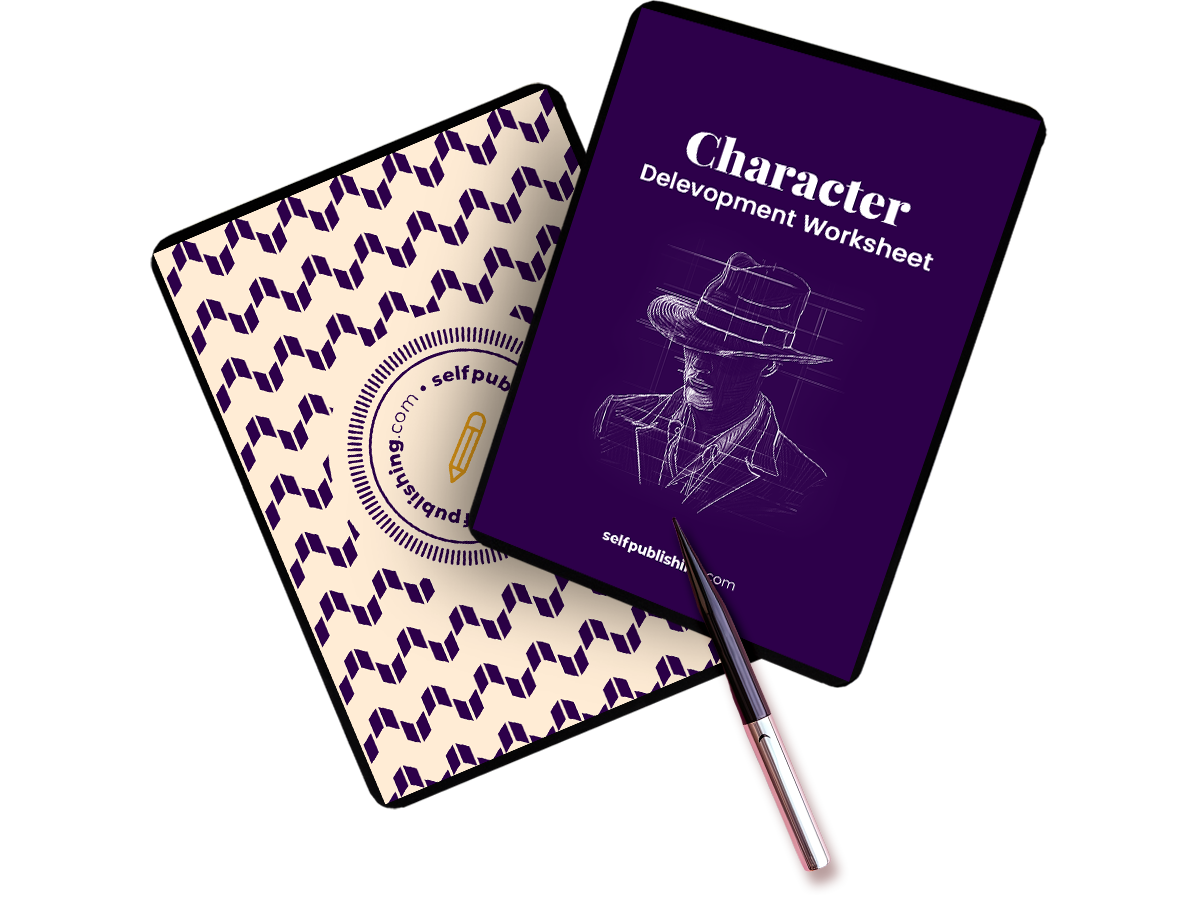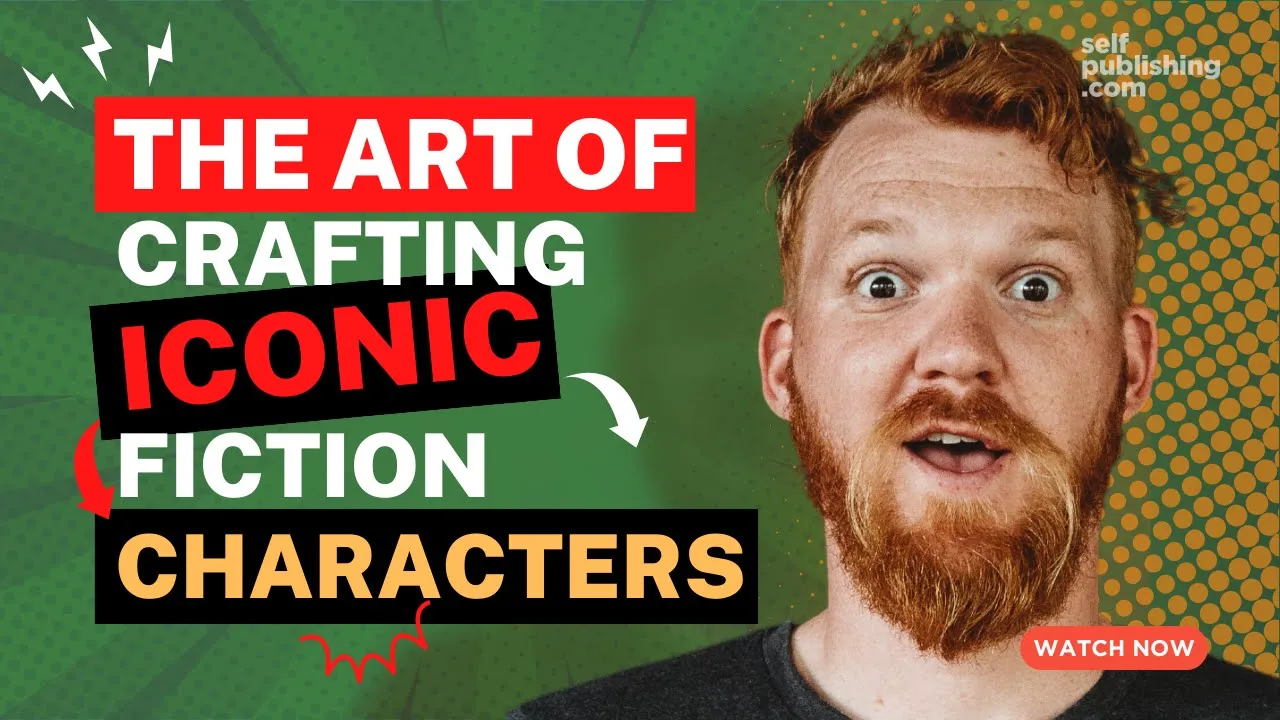What is a fatal flaw? Sometimes known as a ‘tragic flaw,’ it is a trait that a character possesses that may lead to their disastrous downfall. There is a long list of character flaws one could have, but a fatal one is a is a critical weakness that leads to irreversible consequences. Fatal flaws are usually negative, such as pride, jealousy, or greed, or it can be a physical weakness, such as a disability or illness.
Although this may sound pretty negative, the character’s fatal flaw could also be a positive trait about them that leads to their demise, like being extremely selfless which means they end up in a vulnerable situation against the villain. Many tragic heroes have fatal flaws and – for some of them – it becomes their undoing.
In this guide, we’ll walk you through the benefits and disadvantages of using a fatal flaw, tips on how to write it well, and things every author needs to consider before introducing it into their story.
4 Examples of a Fatal Flaw in Literature
Tragic flaws have been a thing of literature since the days of the ancient Greeks as a method making stories more engaging. This device then carried through into Shakespearean times with the likes of Macbeth, and can now be found in modern-day literature including Harry Potter.
Here are a few prime examples of where we can see fatal flaw being used:
1. Romeo and Juliet (Romeo’s Emotions Towards Juliet)
We know through this time-honored story that Romeo wore his heart on his sleeve and led with his emotions (and quite impulsively, too!). Throughout the play, this admirable trait leads to much of his downfall and eventually his death. This is a classic example of how an element of the personality can lead to a huge plot-twist.
2. Harry Potter (Voldemort’s Fear of Death)
Voldemort finds the idea of human death shameful because it means that even if you have absolute power, you will never be immortal. This fatal flaw/ fear of his eventually leads to his downfall as Voldemort tries to live forever in various ways.
3. The Great Gatsby (Gatsby’s Love for Daisy)
As a novel with many themes to unravel, one of the most notable ones is the weakness of Jay Gatsby in his love and admiration of Daisy. Amidst the wealth and lavish lifestyle, Gatsby fails to find true happiness because of his inability to have the woman he wants.
4. Othello (His Sense of Protectiveness and Jealousy)
In the classic Shakespeare’s play Othello, the main character is known for his jealousy which shows itself when Lago, his enemy, tells him his lover has been unfaithful. With the rage overtaking Othello, he takes the life of his lover before realising her innocence the whole time.
Shakespearean tragedies, such as Macbeth and Hamlet, also feature protagonists with fatal flaws, such as Macbeth’s ambition and Hamlet’s indecisiveness.
How Authors Can Use Fatal Flaws in Their Writing
As we’ve seen, some of the best novels have utilised a fatal flaw in their main characters to make the narrative more intriguing. The flaw also makes a character more relatable and humane to the reader, and helps to create tension.
But how can authors use this device in their own work?
When creating a character with a fatal flaw, authors should consider the following:
- The nature of the flaw: Do you want the flaw to be a personality trait or a physical weakness? Is it one of the seven deadly sins? And what affect does this flaw have on the character’s decision-making?
- The consequences of the flaw: What are the potential outcomes of the character’s flaw? How will it impact the story and other characters?
- The character’s journey: How will the character’s flaw be challenged and tested throughout the story? Will they be able to overcome it, or will it ultimately lead to their downfall?
To effectively use a fatal flaw in their story, authors should also consider how it fits into the larger themes of writing the narrative. The flaw can also feed into the success of other characters and be a great way to lead into a sequel.
What are the Benefits of Using Fatal Flaws?
One of the main benefits of using fatal flaws in characters is the element of relatability it offers, allowing readers and protagonists/antagonists to connect. While the beauty of literature is that it can give a sense of escapism, fatal flaws let the reader feel sympathy on a more personal level.
For you as the writer, utilising fatal flaws lets you expand on your story and develop your characters with ease. It opens up endless doors on how you draw the story to a close (or how you start the sequel!).
Disadvantages of Using Fatal Flaws
One of the main downfalls of focusing on fatal flaws is that it can become cliche if it isn’t done in the right way.
Once we know the negative element of a character, the storyline can be predictable and underwhelming for a reader.
A key writing tip to avoid predictability would be to give the ‘good guy’ a fatal flaw rather than the antagonist. This way you can flip the script throughout the story and create more tension and sympathy.
Fatal Flaws: Summary
In conclusion, a fatal flaw is a critical weakness or defect that leads to a character’s tragic downfall in literature.
Authors can use fatal flaws in their writing to create complex and relatable characters, as well as tension and conflict within their story.
By considering the nature of the flaw, the consequences of the flaw, and the character’s journey, authors can effectively use a fatal flaw to enhance their storytelling and create a memorable and impactful narrative.


